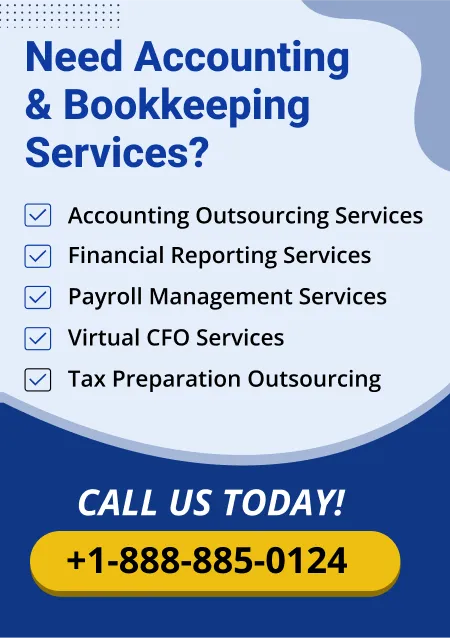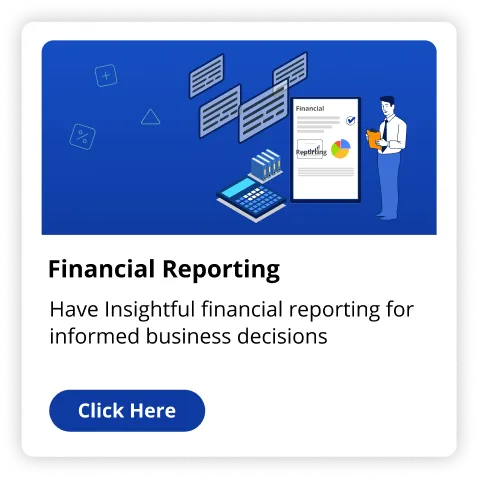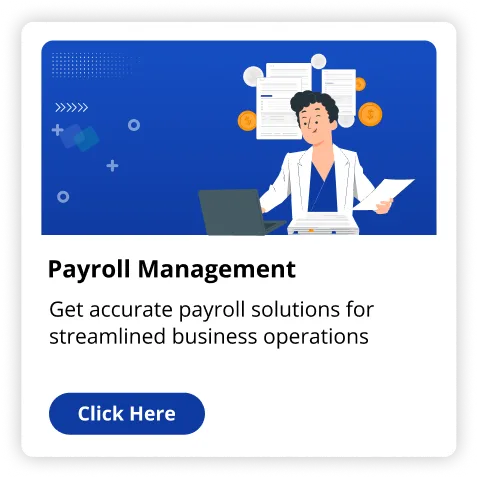For every business person, controlling their finances is vital. One aspect which is often overlooked is liabilities. Whether you own a small company or operate a bigger entity, liabilities are part of your financial scene. In fact, based on a recent report, U.S. small businesses owed an average USD 195,000 by 2023. Such numbers make it important to understand what liabilities are and how they affect your business.
In this article, we’ll explain liability fundamentals in accounting, offer examples you can relate to, and also see the role of outsourcing accounting services to handle this complex function.
What Are Liabilities?
Basically, a liability is any debt or obligation your small business has to pay others. These debts could be loans, bills or obligations to suppliers and workers. In other words, a liability is money you will have to repay right now or someday down the road.
Imagine you own a bakery. In case you have borrowed to purchase gear, owe money to the flour supplier, or owe your workers pay at the end of the month, those are liabilities.
Liabilities are entered in your business's financial documents and are usually displayed on your balance sheet - among the 3 important financial statements used in accounting (the other two being the income statement and cash flow statement).
Why Liabilities Matter to Your Business?
Liabilities tend to be much more than figures on a balance sheet. They provide you with an idea of your business's economic health. Tracking what you owe helps you make educated choices, stay away from cash flow issues, and also make certain that your company isn't taking on an excessive amount of debt.
When prospective investors or lenders review your business, they'll examine your liabilities to find out how well you are handling your debts. If your liabilities are way too high when in contrast to your assets, you might have financial trouble.
Understanding why liabilities matter, let's check out several typical examples to describe the way they function.
Common Kinds of Liabilities
In accounting, liabilities are typically categorized as follows: current liabilities & long term liabilities.
1. Current Liabilities
Current liabilities are obligations or debts your business must pay in the next twelve months. These are short term financial obligations which are essential for dealing with your daily cash flow. We will consider a few examples.
- Accounts Payable: These are sums owed to suppliers for items you got but haven't paid for. For instance, when you purchase office supplies on credit, the due bill is an account payable.
- Salaries/Wages Payable: In case you promised to pay your employees to perform the work and have not received a payment yet, that unpaid sum is a liability.
- Short-term Loans: This can be a current liability in case your small business secured a loan which should be paid within a year. This could be same with credit card debt or other short-term financing arrangements.
- Taxes Payable: These are taxes your business owes but hasn't paid. This might be income tax, sales tax or payroll tax.
The takeaway is the fact that current liabilities have to be paid in an extremely short time and you have to monitor these to keep your business afloat.
2. Long Term Liabilities
Long-term liabilities are the obligations due over twelve months. Such liabilities are usually associated with larger investments or financing plans for business growth. These are examples of long-term liabilities:
- Long term Loans: In case your business has taken a loan over several years such as a mortgage on an office building this can be really a long-term liability. That part of the loan due beyond the present year is one of these.
- Bonds Payable: In case your business has issued bonds, the interest owed to bondholders is a longtime liability.
- Deferred Tax Liabilities: Some taxes are postponed by businesses. Such deferred tax amounts are believed to be long-term liabilities till the tax is paid out.
- Pension Obligations: Any future payouts to your employees through your pension program would be a long-term liability.
Whereas current liabilities call for immediate attention, long-term liabilities give you more time to repay but need careful management.
How to Calculate Liabilities
Thankfully, calculating your business's liabilities is simple as nearly all accounting softwares can do the work for you. Nonetheless, it can help understanding how to find these numbers on your own. To determine your total liabilities, just add the long-term and current liabilities on your financial statement.
As an example, in case you owe USD 20,000 to suppliers (payable accounts) USD 5,000 in short term loans along with a USD 50,000 long-term mortgage, your total liabilities will be :
USD 20,000 (bills payable) + USD 5,000 (short term loans) + USD 50,000 (long term mortgage) = USD 75,000 liabilities.
Tips on Handling Liabilities
Managing liabilities may appear overwhelming in the beginning, however there are many methods to help you stay on top of them:
- Make Payments on Priority: Save money by repaying higher-interest debt first.
- Negotiate Payment Terms: In case cash flow is tight, try longer payment terms with suppliers or lenders.
- Budget Wisely: Avoid surprise debt by building liabilities management into your regular budget.
- Consider Refinancing: When interest rates decrease or better repayment conditions are available, refinancing your loans might lower your monthly payments.
Final Thoughts
Liabilities are part of operating a business, though they need not be challenging. By tracking what you owe and making sound financial choices, you can deal with your obligations and keep your business on course for growth. Monitor your current and long-term liabilities frequently with tools like the debt ratio. For expert accounting and bookkeeping services for your business, consult The Fino Partners today.
READ ALSO | Understanding Liabilities in Accounting: Key Examples for Small Businesses



























